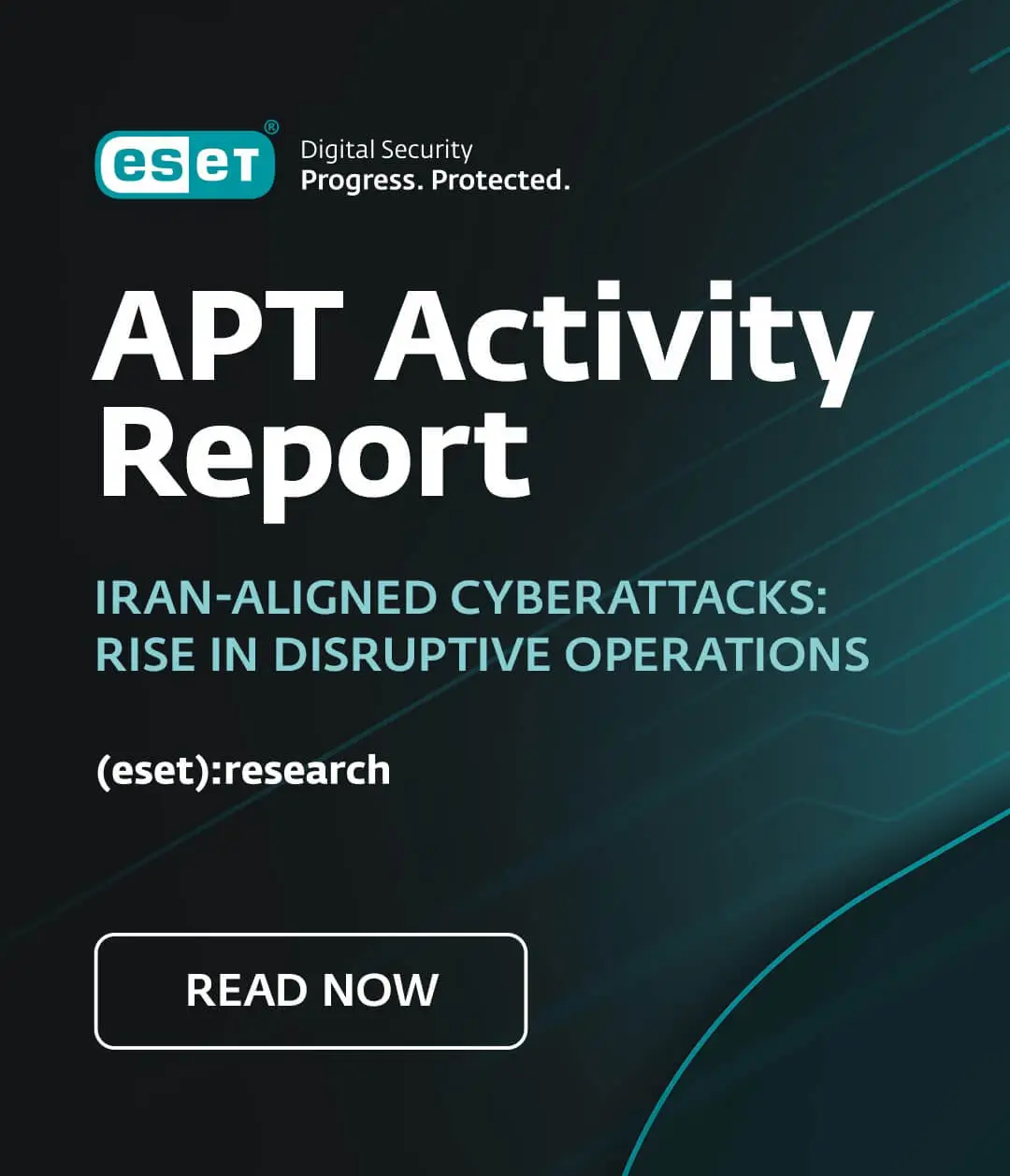With schools gradually resuming their educational activities in Latin American regions, it’s time to prepare our children to get back into the swing of going to class. And that means it’s also time to take any necessary precautions relating to IT security.
For kids, returning to school these days means using mobile devices and computers to stay connected to the Internet as their primary source of information. As such, it’s important that parents and teachers are aware both of the risks associated with the incorrect use of this tool and the way to protect themselves while surfing the internet in order to benefit from the technology in a safe manner.
Sharing photos, videos, status updates, messages and other types of information are part of daily life for children and teenagers, and when they return to school there smartphone usage is only bound to only increase. As such, parents need to be more attentive to ensure appropriate use of the internet by their children, while teachers need to teach their pupils about healthy use of the technology.
What are the challenges to be faced?
It is undeniable that our use of technology is growing all the time. Furthermore, in Latin America it is increasingly common to find government programs that support children in gaining access to technology, which in turn is increasing the number of people going back to school with a new tool: computers. Let’s take a look at the challenges faced by parents and teachers.
1. Teach them how to browse
The internet is a vast source of information, much of which could contain offensive or even dangerous content. Keeping these issues in mind, the first challenge for parents and teachers is to teach children how to browse and distinguish what is really useful and helpful.
2. Internet is full of phishing sites
Malicious code, phishing scams and malicious websites are just some of the IT threats out there in vast numbers on the internet. A second step, then, is to understand the potential economic cost and the cost in terms of your personal information that these threats can bring about.
3. Be aware of grooming
A third challenge for parents and teachers relates to grooming, a risk that tends to increase in likelihood with intense use of the Internet. Grooming is a process whereby an adult attempts to persuade a child to engage in sexual activities, by developing an emotional connection with the child and a sense of trust.
4. Sending intimate material to unknown
It is essential to educate children about ensuring privacy while online. Practices like sending messages or photos with erotic content are increasingly common and can endanger youngsters.
5. Use of social networks
Lastly, there is a real need to teach kids about using social networks responsibly, as these tend to be the platforms on which cyberbullying and harassment take place. As such, it's important for parents and educators to pay attention to children’s behavior to detect any possible instances of this and intervene in good time.
What can we do to look after them?
The first step for parents and teachers, keeping in mind the speed with which technology develops, is to equip themselves with the knowledge they need in order to educate kids appropriately. Once they are aware of the current risks and threats, they can face up to the challenges by engaging in the following good practices in IT security:
- The most important point is to create a space in which to talk about threats and habits online. To do this, parents need to understand the threats and explain to their children in what ways they could be in danger. Furthermore, teachers must incentivize responsible use of technology by maintaining standards of behavior from the real world.
- We also have to remember that we are responsible for what we upload to the internet and that the moment we post a photo or video, we lose control of the material and have no way of knowing how it might be used.
- We have to be careful with the types of information we post online. Details like our home address and telephone numbers should not be shared on social networks.
- The internet makes it easier for people to be anonymous, so we can’t know with absolute certainty who is on the other side of the social network, unless it’s someone we know in real life. For these reasons, we have to be very careful with messages from people we don’t know who try to contact us via social networks.
- Have a security solution including an antivirus software, social network monitoring and a firewall for all your equipment. It’s important to emphasize that desktop computers are not the only equipment that needs to be protected, as devices like smartphones and tablets also can be targets for attack.
While our youngsters are the ones actually going back to school, parents and teachers are also going to have to make the grade in certain subjects over the course of this new semester. Being aware of the full extent of technology’s reach and the risks that come with using it badly are the first steps in ensuring that children and teenagers can enjoy the benefits of technology in safe manner.




